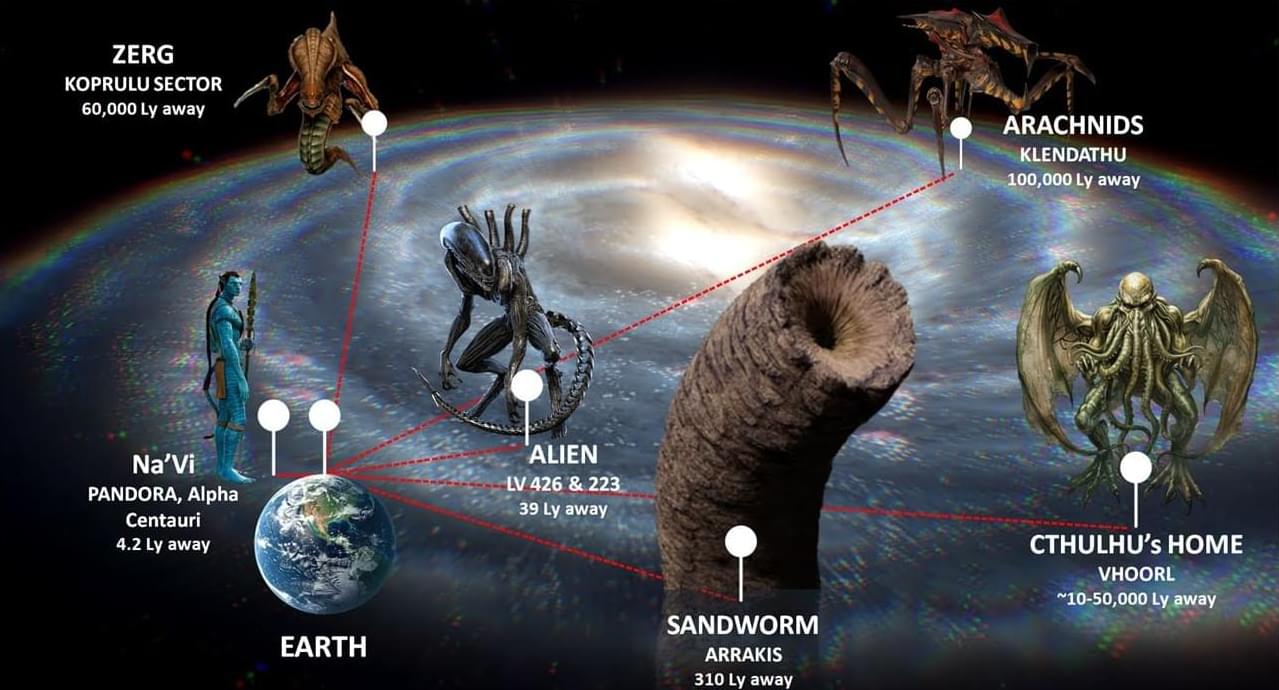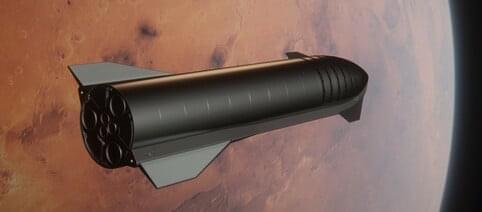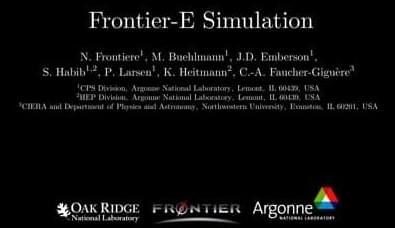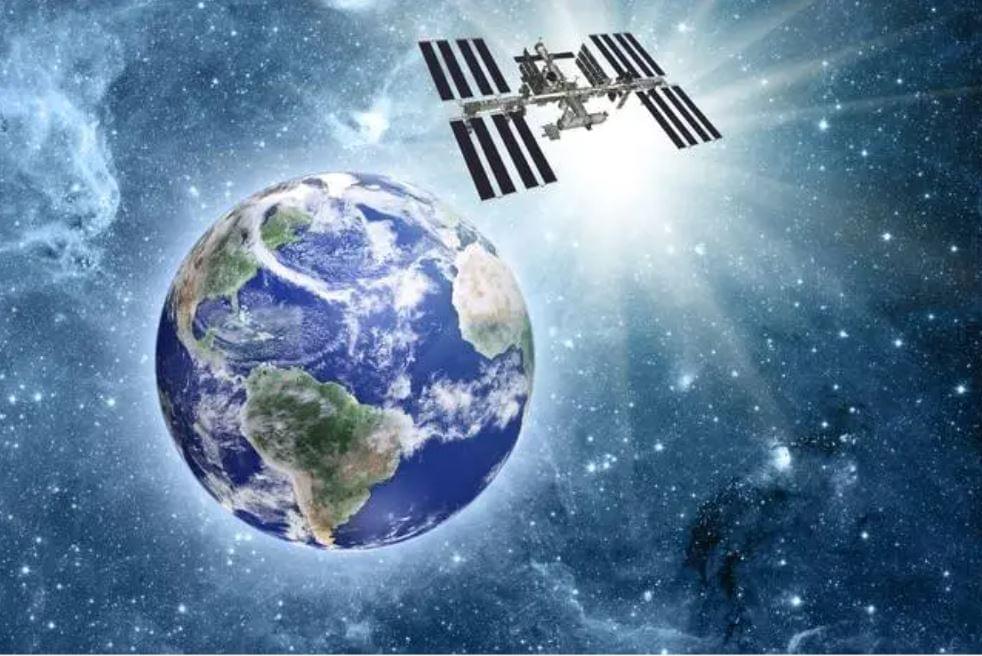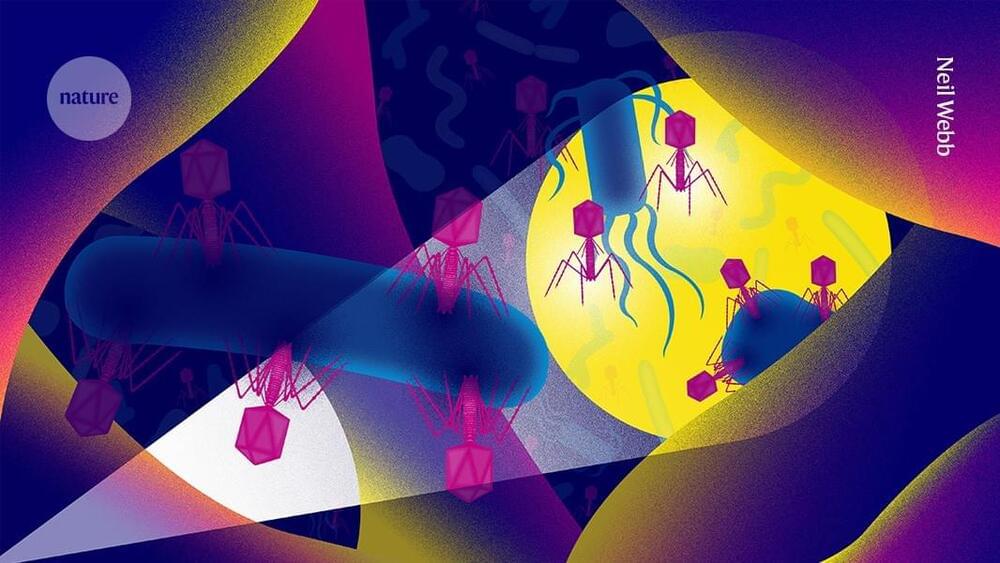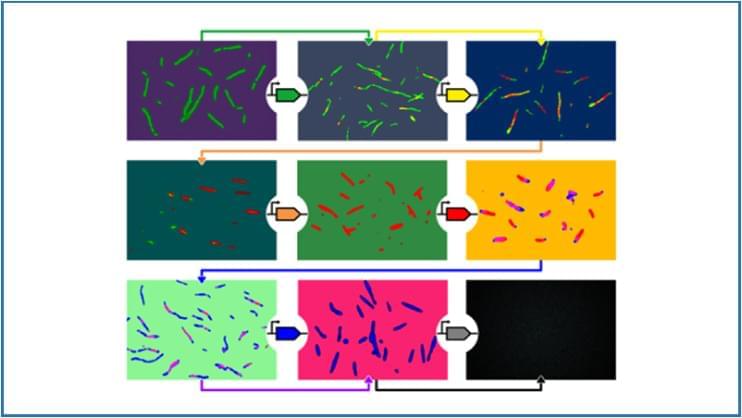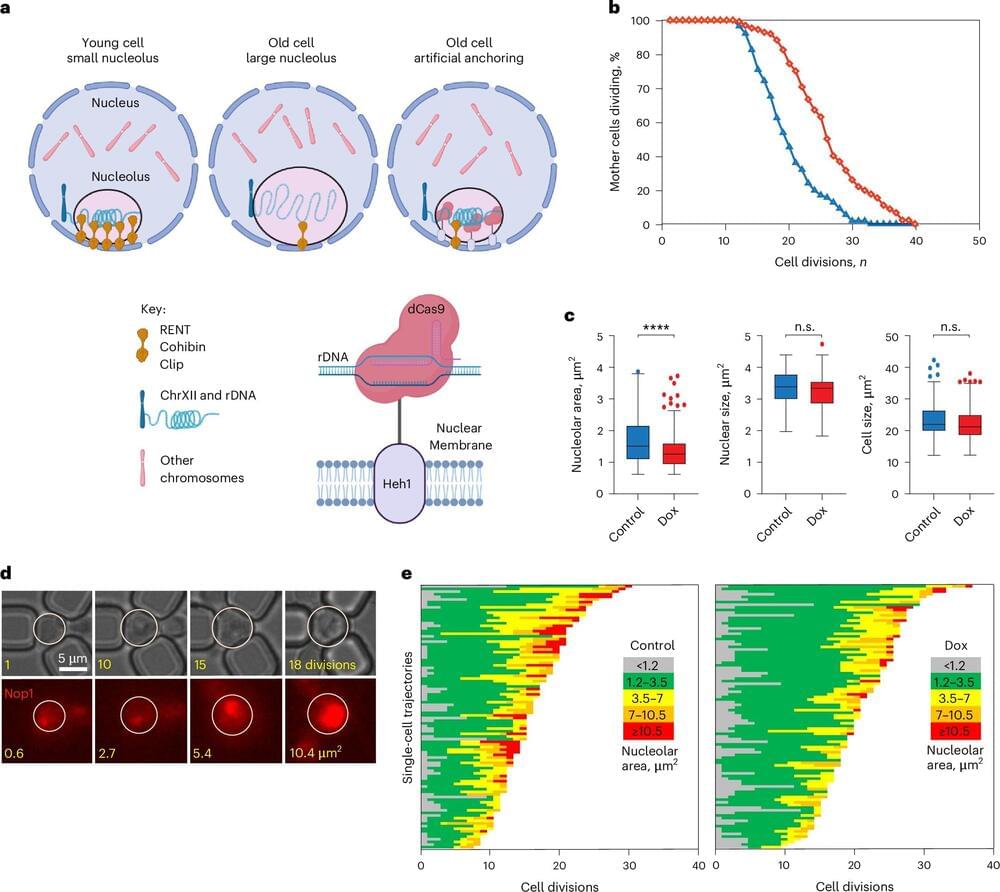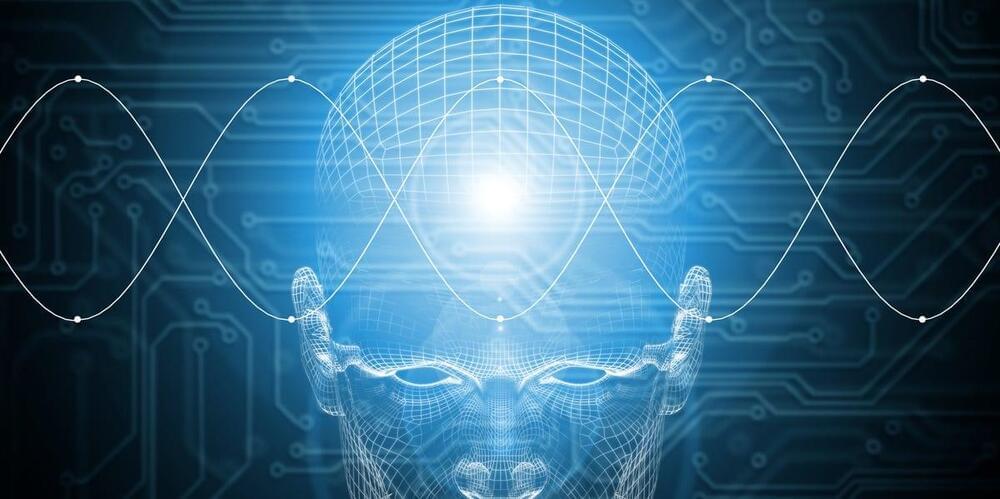
We may not be the only beings in the universe who use artificial intelligence. That’s according to some astronomers who say that an intelligent civilization anywhere in the cosmos would develop this tool naturally over the course of their cultural evolution.
After 13.8 billion years of existence, life has likely sprung up countless times throughout the cosmos. According to the Drake Equation, which calculates the probability of an existing, communicating civilization, there are currently an estimated 12,500 such intelligent alien societies in the Milky Way Galaxy alone. And if there are aliens who think in a way that we do, and created cultures that developed technology like us, then they probably invented a form of artificial intelligence, too, scientists say.
Assuming AI has been an integral part of intelligent societies for thousands or even millions of years, experts are increasingly considering the possibility that artificial intelligence may have grown to proportions we can scarcely imagine on Earth. Life in the universe may not only be biological, they say. AI machine-based life may dominate many extraterrestrial civilizations, according to a burgeoning theory among astrobiologists.
